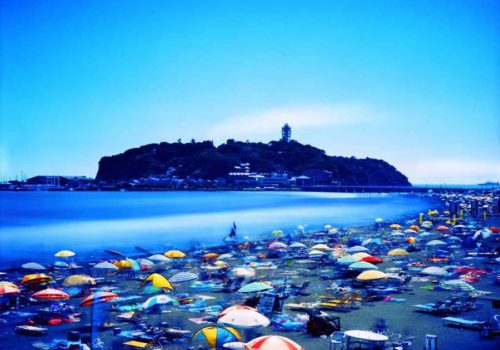On view at MEM (Tokyo):
Tomoko Sawada’s work has been internationally acclaimed since her debut with “ID400” featuring numerous self-portraits taken in photo-booths exhibited in worldwide permanent collection including LACMA and the Getty Museum. The 1960’s saw the rapid surge of economic growth in Japan, accompanied by the introduction and marketing of stockings and other undergarments within Japanese culture. The stocking has since then become an emblematic necessity among women who are regarded as important work force in offices and must dress in armor as a protective measure. In her new series “SKIN”, featuring a group of photographs showing only the lower half of the female body in stockings, Sawada tackles the role of women fashion in relation to social and political demands to women in Japan’s society. In “Omiai”, Sawada’s signature project of self-portraiture, she also researches such methods of armoring the female body that now figure prominently in our collective contemporary psyche. Omiai is a Japanese traditional custom of arranged marriage by exchanging each other’s portfolio to consider the possibility of marriage. In this series, Sawada performed 30 different characters in different typical women fashion observed in Omiai portfolios.
Ken Kitano is residing in Los Angeles for research and a new landscape project commissioned by the Japanese Ministry of Culture for 2013. We are presenting some of the photographs from the series, “one day” along with recent works. In the series, Kitano uses long-exposure technique that captures a timeless scene of one day in a life. The series has been shot in various places mainly in Japan including sites of historical significance such as the Hiroshima atomic-bomb dome, a cave in Okinawa and Nagashima Island in the Setouchi inland sea.
Mo Yi was born in Tibet and moved to Tian-Jin, one of the biggest cities in China, in the early 1980s. There he was witness to the rapid urbanization that caused human alienation among citizens and took up the medium of photography with spontaneity and verve, turning to the urban surroundings for inspiration, while experimenting with ways to express agitation. Mo Yi has explored urban life in Tian-Jin and Beijing for the past thirty years, capturing its dynamism and also building an important record of urban psychology. His works are not conventional documentary photographs but experimental and emotional, which captured a moment in Chinese society just before the Tiananmen incident in 1989. Osamu Shiihara’s (1905-1974) experimental photography from the 1930’s is being presented with newly available vintage prints from the estate of the artist who led the photo avant-garde movement in Kansai area in that period.
















